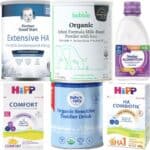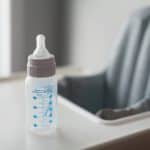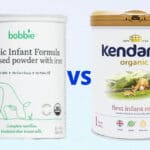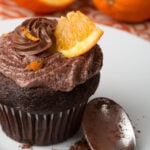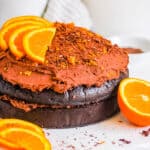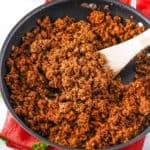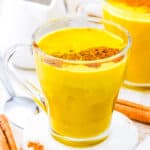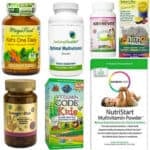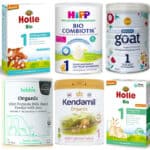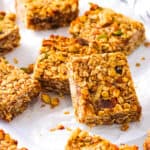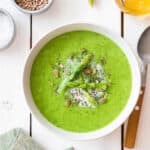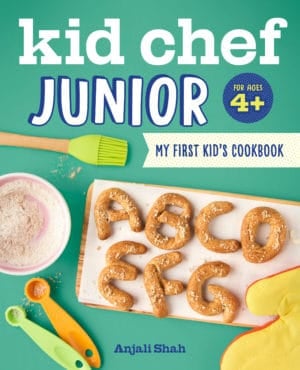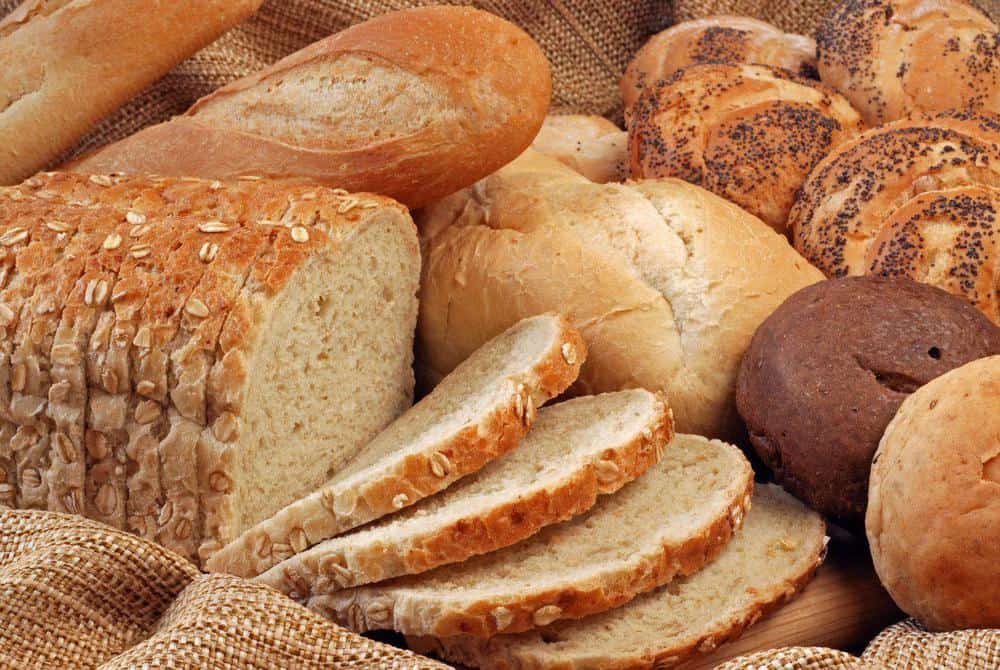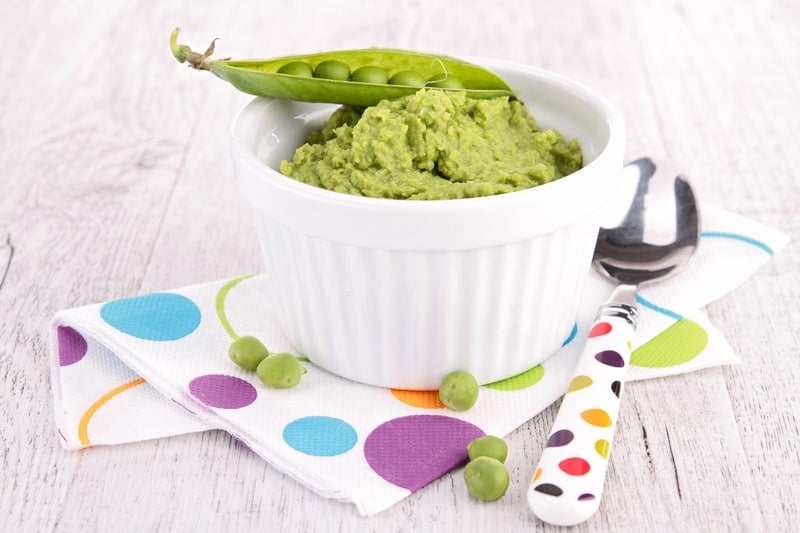Bobbie Formula vs. Similac Formula Comparison
This post may contain affiliate links. As an Amazon Associate, I earn from qualifying purchases. Please read my disclosure.With so many high quality infant formulas on the market, it can be tough to figure out the similarities and differences between types and brands. And with all of the different advice out there, how do you know which is right for your baby? And what should you even look for when choosing the best infant formula? In this guide, we’ll break down everything you need to know about Bobbie organic infant formula compared to Similac infant formulas so you can find the best formula for your baby.
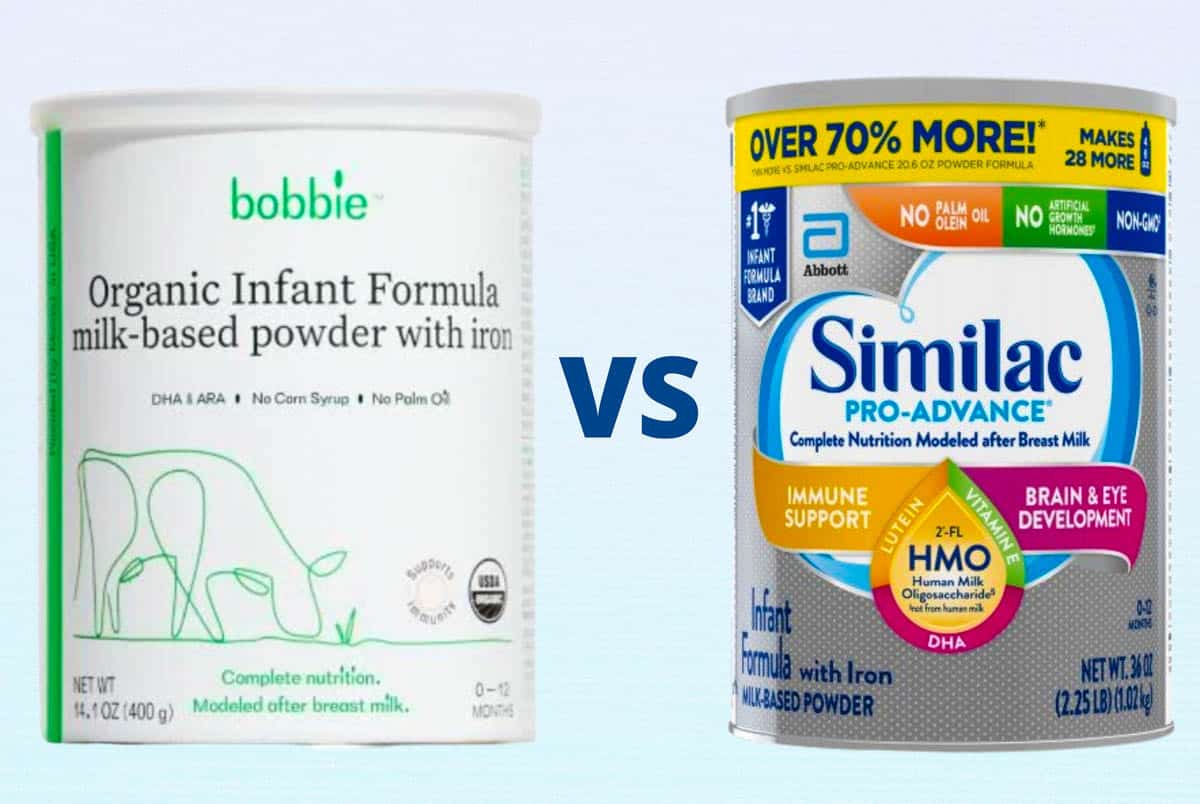
Bobbie Infant Formula and Similac brand’s line of infant formulas are some of the more popular options on the market today. Similac has been around for years, while Bobbie is a newer brand that’s come onto the market. If you’re wondering which formula is better and what the differences are between the two, you’ve come to the right place!
This is your ultimate guide to finding out the differences between these two formulas, pros, cons, and how you can determine which one is the best option for your baby!
Bobbie Organic Baby Formula
Bobbie organic infant formula was launched in 2019 by two moms (Laura Modi and Sarah Hardy) who were frustrated with the formula options available in the US and wanted to make to make quality infant formula more affordable and accessible.
They pride themselves in local sourcing, local production (in Vermont and Ohio) and in being a mom-founded, mom-led brand. Bobbie’s new formula is USDA certified organic, Kosher, non-GMO and made in the US! They have received the Clean Label Project Purity Award and Pesticide Free certification.
Not only that, but Bobbie has a European-style recipe, which means it’s modeled off the European standards for baby formulas. It contains no additives, preservatives, corn syrup solids, or added sugars, and are made with organic milk. For a complete ingredients list, check out their ingredients dossier.
Bobbie baby formula is manufactured by Perrigo, a manufacturer that has been in the formula game for more than 30 years. Bobbie is primarily available through their subscription service. They are also available in 1700+ Target stores across the country, on Target.com and in select stores. Bobbie has one stage of their formula (suitable for birth through 12 months of age), and is not available through WIC. I personally love Bobbie, and if it was around when my kids were infants, I would have used it for them! (Learn more: Bobbie Formula Review)
Similac Baby Formulas
Similac infant formulas, on the other hand, have been around for almost 100 years. It was first released in the 1920s, and then reformulated and relaunched in the 1950s. This infant formula company is owned by Abbott Laboratories, which was formed over 90 years ago.
Abbott Nutrition manufactures more than 75 labels of Similac formula as well as other major brands like Pedialyte® and PediaSure®. Their infant formulas are available in retail stores across the US and via a subscription model. Similac is also available through WIC.
In February 2022, the FDA announced a warning that prompted a baby formula recall of many Similac infant formulas, which created a major shortage in the market. (If you think your formula may have been affected by these recent formula recalls, please speak to your child’s pediatrician and refer to the manufacturer’s website for the most accurate and up-to-date product details.)
What Are The Different Types of Similac Infant Formula?
Similac makes formula in a few different categories:
- Routine Formulas: e.g. Similac Advance®, Similac Pro-Advance, Similac 360 Total Care®
- Gentle Formulas: e.g. Similac Sensitive®, Similac Pro-Sensitive®, Similac Total Comfort®, Similac Pro-Total Comfort®, Similac 360 Total Care® Sensitive, Similac for Spit Up
- Organic / Non GMO Formulas: Similac® Organic Infant Formula, Pure Bliss®
- Hypoallergenic Formulas: Alimentum Infant Formula (which has been difficult to find due to the current formula shortage).
In this guide, we’ll compare each of these formulas to Bobbie, with the exception of Alimentum, since Bobbie is not meant to be a hypoallergenic baby formula.
Are All Infant Formulas FDA Approved?
All infant formula that is manufactured and sold in the United States is regulated by the Food and Drug Administration (FDA). The FDA sets minimum requirements of certain nutrients that all US formula brands must meet.
The FDA also sets Good Manufacturing Practices, Quality Control Procedures, Quality Factors, Notification Requirements and Records and Reports guidelines for infant formula manufacturers. These requirements are designed to help ensure the safety of American formulas.
But the FDA doesn’t technically “approve” or “deny” food products, including infant formulas, they only regulate them.
Are European Baby Formulas FDA Approved?
No, European formulas are not regulated by the FDA, however they are regulated by the European Union and many of them do meet FDA nutritional requirements for infant nutrition. European standards are pretty similar to American standards, and can be stricter than American nutritional standards when it comes to certain ingredients in food based products. Many of the best organic formulas can be found in the EU.
Which is why, Bobbie’s European-style infant formula combines the best of both worlds – all of the high-quality standards of the EU combined while having FDA approval.
What Are The Key Building Blocks Of Baby Formula?
Proteins
Milk protein is a key component in baby formula and in breastmilk. Infant formulas that are cow-milk based typically contain whey and casein – the two protein components in milk. The ratio of whey to casein matters because if the ratio is off, it can cause constipation and other tummy troubles in babies.
What Is Whey?
Whey protein is the liquid that remains after milk has gone through the cheese making process (e.g. curdled and strained). Whey is typically digested more quickly than casein.
What Is Casein?
Casein protein is what gives milk its white color. Cow’s milk is about 80% casein. Casein is also a byproduct of the cheese making process, and is the curds or solids that separates from the liquid whey when milk is curdled. Casein is more dense than whey, and is digested more slowly. Too much casein in a formula can cause constipation (learn more: best formula for constipation)
What Is The Whey To Casein Ratio In Breastmilk?
The whey:casein ratio in breastmilk starts off at 80:20 or 70:30 in early lactation / newborn stages, and decreases to 50:50 over a couple of years. Typically, mature breastmilk still during the infant stages has a ratio of 60:40.
Fats
Breastmilk is full of essential fatty acids, so baby formula needs to be able to mimic that fat content / mix that human breast milk has. Typically, the fat content of baby formula will be a mix of different vegetable oils: soy oil, sunflower oil, coconut oil, palm oil, are all frequently used in varying ratios to provide the healthy fats your baby needs.
Carbs
Carbohydrates are what gives your body energy! They are in breastmilk and are absolutely essential to include in baby formula. The best type of carbohydrate to include in formula is lactose, which is the naturally occurring carbohydrate in breastmilk and in cow’s milk.
The unfortunate thing here is, many conventional formula brands will use carbs like corn syrup solids, maltodextrin, brown rice syrup, sucrose, or glucose syrup instead of lactose – because they’re cheaper, have a longer shelf life, and can be more suitable for the rare occurrence when a child has a lactose sensitivity (so sensitive formulas will often have to use some sort of sugar instead of lactose).

Comparing Routine Formulas: Bobbie® vs. Similac Advance® and Similac Pro-Advance vs. Similac 360 Total Care®
Similac has many different types of formula, while Bobbie sells only one type of formula. As far as Similac products go, their main “routine” formulas are Similac® Advance, Similac Pro-Advance and Similac 360 Total Care. So how do these staple formulas compare to Bobbie?
Overall Baby Formula Comparison
Bobbie, Similac® Advance, Similac Pro-Advance and Similac 360 Total Care are all lactose-based, iron-fortified and contain DHA (docosahexaenoic acid) and ARA (arachidonic acid). DHA and ARA are fatty acids that are present in breast milk. Similac Pro-Advance and 360 Total Care contain HMOs – a prebiotic that is supposed to be beneficial for babies.
Similac Advance is available in ready-to-feed, liquid concentrate, and powder forms, while Bobbie is available only as a powder.
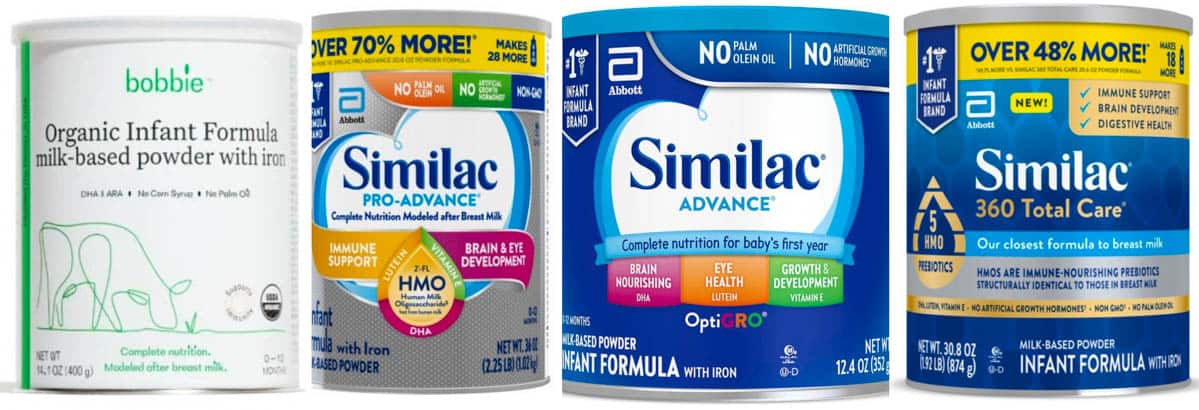
Whey Casein Ratio Comparison
The whey to casein ratio varies in baby formulas. Bobbie has 60:40, which is closest to breast milk. The Similac routine formulas compared here have 48:52.
Price Per Oz
- Bobbie Formula: $1.84
- Similac Advance & Pro-Advance Formula: $1.08
- Similac 360 Total Care: $1.10
Key Takeaways
- Bobbie is organic and non-GMO, unlike Similac® Advance, Pro-Advance and 360 Total Care.
- Bobbie also has a more optimal whey:casein ratio than Similac, which means it’ll likely be easier to digest for your baby.
- But Similac is more affordable than Bobbie.
Baby Formula Comparison Chart: Bobbie Formula vs. Similac Formula
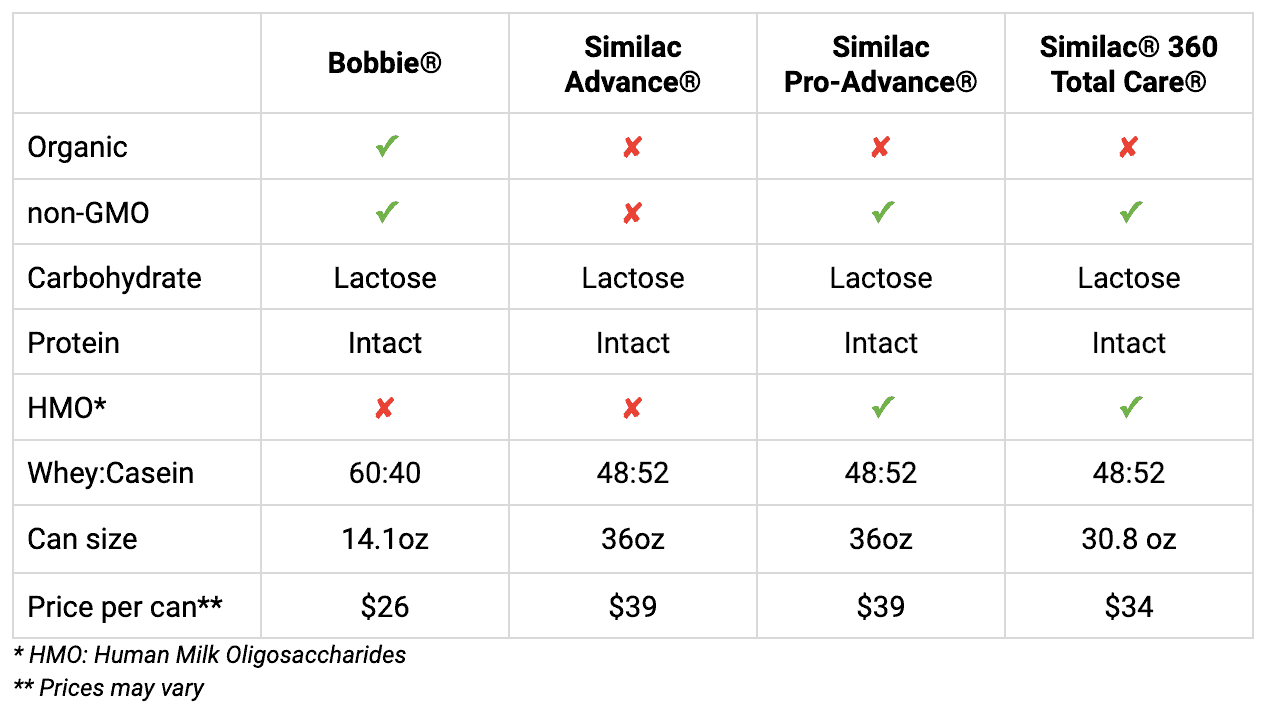
Comparing Gentle Formulas: Bobbie® vs. Similac Sensitive® and Pro-Sensitive® vs. Pro-Total Comfort® vs. Similac for Spit Up
What Are Gentle Or Sensitive Baby Formulas?
Gentle formulas can be a great option when your baby seems to having a lot of discomfort drinking breastmilk or regular formula, or if you’re concerned that your baby has more gas or fussiness than expected for an infant. (Note: If your baby is spitting up a lot, or seems more fussy than usual, make sure to have your child evaluated by your healthcare provider to make sure they don’t have a medical problem.)
Typically, gentle formulas will either have broken down milk proteins or reduced lactose (or both) to make it easier for your baby to digest. However, some gentle formulas are just naturally easy to digest because they avoid certain ingredients (e.g. too much casein, palm oil, etc) that are common causes of digestive issues in babies.
What Are Hypoallergenic Baby Formulas?
Some babies have a milk allergy or milk protein intolerance, which means they must change to a formula that does not contain cow’s milk protein. These infants will have symptoms like diarrhea, skin rash, blood in their poop or vomiting when they are fed a milk-based formula. These infants require a specialized formula that is usually recommended by their healthcare provider. Babies with rare genetic conditions, such as galactosemia or congenital lactase deficiency, must have formula that is completely lactose free, such as a soy-based formula.
Many parents in the US turn to lactose-reduced formula, although one study suggested that only about 7.5% of infants medically need a lactose-reduced or lactose-free formula.⁷
Overall Baby Formula Comparison: Bobbie® vs. Similac Sensitive®, Similac Total Comfort®, Pro-Sensitive® and Pro-Total Comfort®
For babies who don’t have a medical issue but seem to be bothered by gas or fussiness, many parents will wonder if a “gentle” or “sensitive” formula can help. In these products, some of the key differences are related to how the carbohydrate and/or protein is modified.
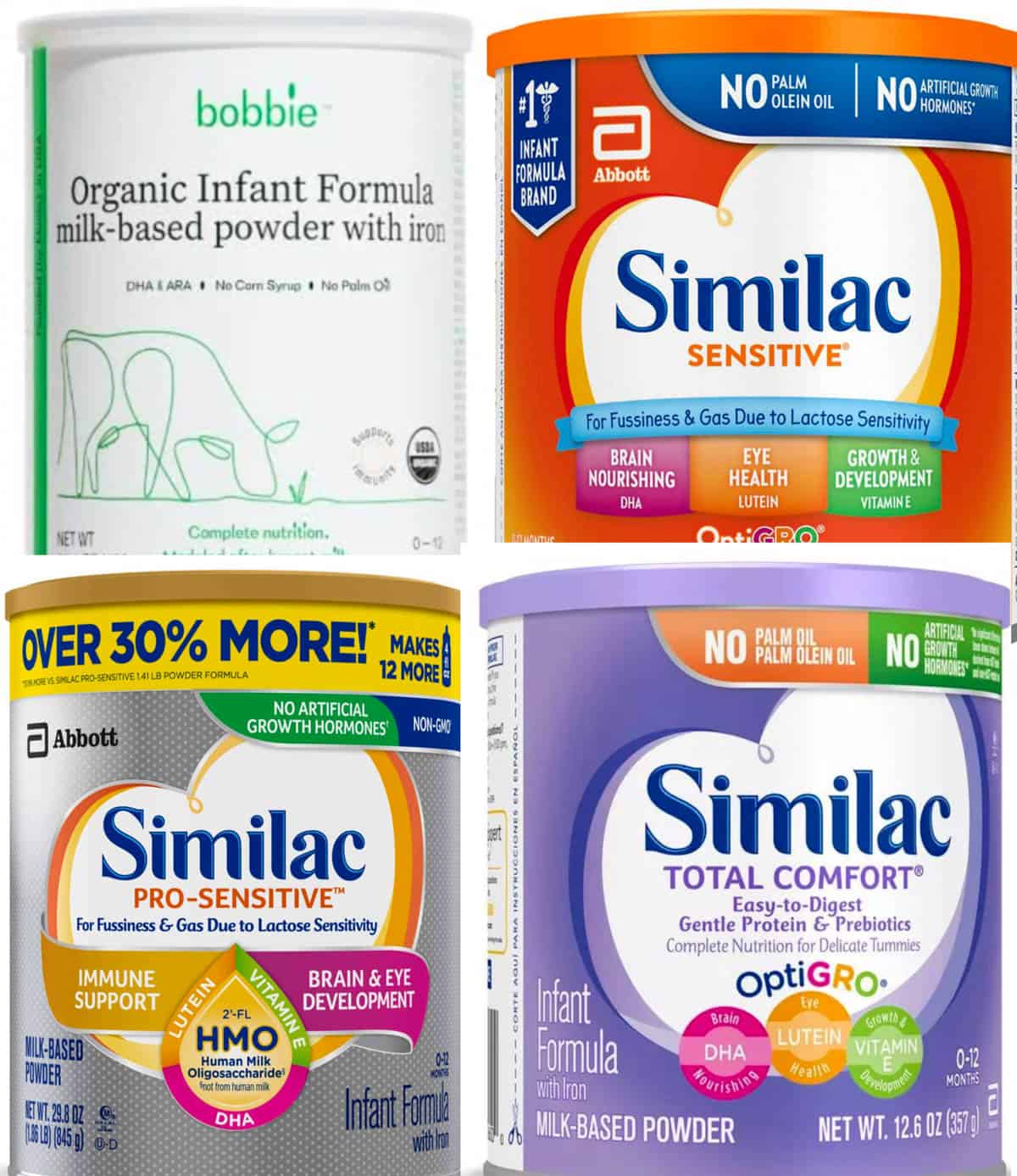
Bobbie vs. Similac Sensitive: Carbohydrate Source
Bobbie: This powder formula uses lactose as the primary carbohydrate source, does not have any modified milk proteins or lactose.
Similac Sensitive: Has a modified carbohydrate source. It is a lactose-reduced formula that comes in powder, liquid concentrate and ready-to-feed forms. Corn syrup, sucrose, maltodextrin and/or sugars are used instead of lactose as the primary sources of carbohydrate. Similac Sensitive is designed to help with fussiness, gas, or mild spit-up due to a lactose sensitivity.
Similac Total Comfort: Has a modified carbohydrate source. It is a lactose-free formula, made with partially hydrolyzed milk proteins. Like Similac Sensitive, maltodextrin and sugars are used instead of lactose as the primary sources of carbohydrate. This formula is designed to aid in digestion for infants with mild tolerance symptoms such as fussiness and gas due to lactose sensitivity or mild milk protein intolerances. It is also an iron fortified formula.
Similac Pro-Sensitive and Pro-Total Comfort: Similac also has “Pro” versions of each of these formulas that contain the human milk oligosaccharide (HMO) 2’FL, a type of prebiotic that has been clinically shown to support the immune system and a healthy microbiota. The carbohydrate source for pro-sensitive and pro-total comfort are a combination of maltodextrin and sugar instead of lactose.
Similac 360 Total Care: This is the only Similac formula that contains 5 different HMOs – to provide the most immune system support for your baby. The carbohydrate source is a combination of corn syrup and sugar instead of lactose.
Price Per Oz
- Bobbie Formula: $1.84
- Similac Sensitive Formula: $1.17
- Similac Total Comfort: $1.00
- Similac Pro Sensitive: $1.23
- Similac Pro Total Comfort: $1.25
- Similac 360 Total Care: $1.59
Key Takeaways
- Carbohydrate Source: The major differences between these Similac formulas and Bobbie formula are based on what the formulas are designed for: Similac Sensitive and Pro-Sensitive and Pro-Total Comfort are designed to help with fussiness, gas, and/or mild spit-up by reducing the lactose and/or modifying the protein ingredient. Bobbie is designed for routine use with 100% lactose and intact whey and casein protein.
- Bobbie is organic and non-GMO, unlike Similac® Sensitive Formulas
- Similac Sensitive Formulas are more affordable than Bobbie on a per oz. basis.
- All of these formulas have DHA and ARA and are iron-fortified, just like Bobbie.
Overall Comparison: Similac for Spit-Up vs. Bobbie
While all babies spit up, sometimes parents are concerned that their infant is spitting up too much or is uncomfortable when they spit up.
If your baby’s spitting up isn’t caused by a medical issue, you may wonder if switching infant formula could help. First things first – always talk to your baby’s healthcare provider before changing formula to make sure this is the right option for your baby. Additionally, if you are concerned about your baby’s spitting up, talk to your pediatrician before making decisions about formula, so you can determine if it’s just normal baby spit or a medical problem that needs attention.
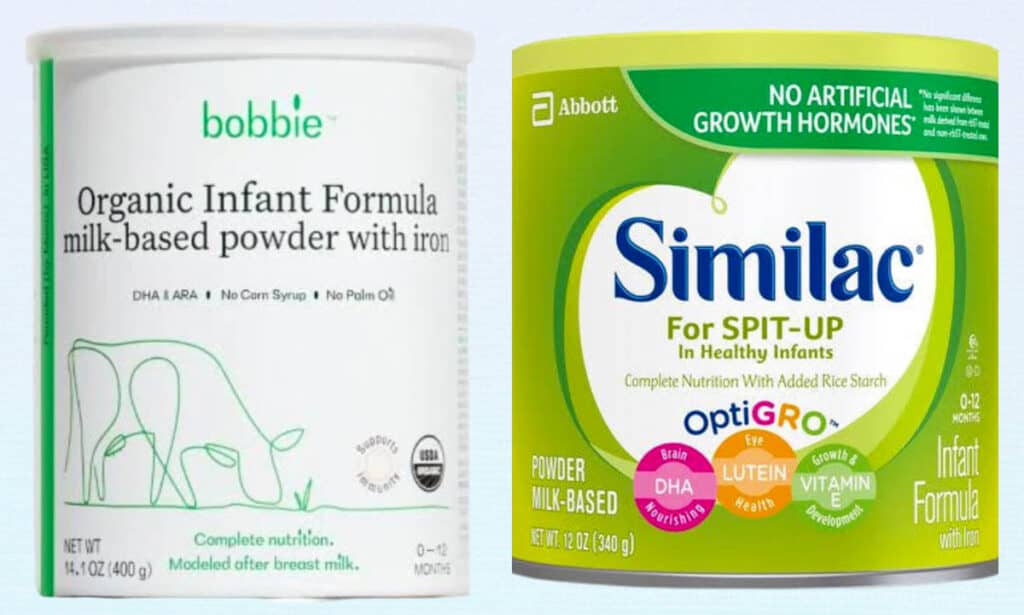
Price Per Oz
- Bobbie Formula: $1.84
- Similac For Spit Up: $2.11
Key Takeaways
- Similac for Spit-Up contains rice starch, an ingredient added to help reduce spit-up. Similac for Spit-Up also has reduced lactose content. Similac for Spit-Up has been shown to reduce the frequency of spit-up by 54% in a clinical study. The main difference between Similac for Spit Up and Bobbie is that Similac has designed this formula specifically to reduce spit up, by adding ingredients that are supposed to settle better in your baby’s stomach.
- Bobbie is designed for routine use with 100% lactose and no added rice starch.
- Both Similac for Spit Up and Bobbie are available as a powder, are non-GMO, and contains DHA, ARA, and iron.
- Bobbie is organic, while Similac for Spit Up is not.
Sensitive Formula Brand Comparison Chart: Bobbie vs. Similac Formulas
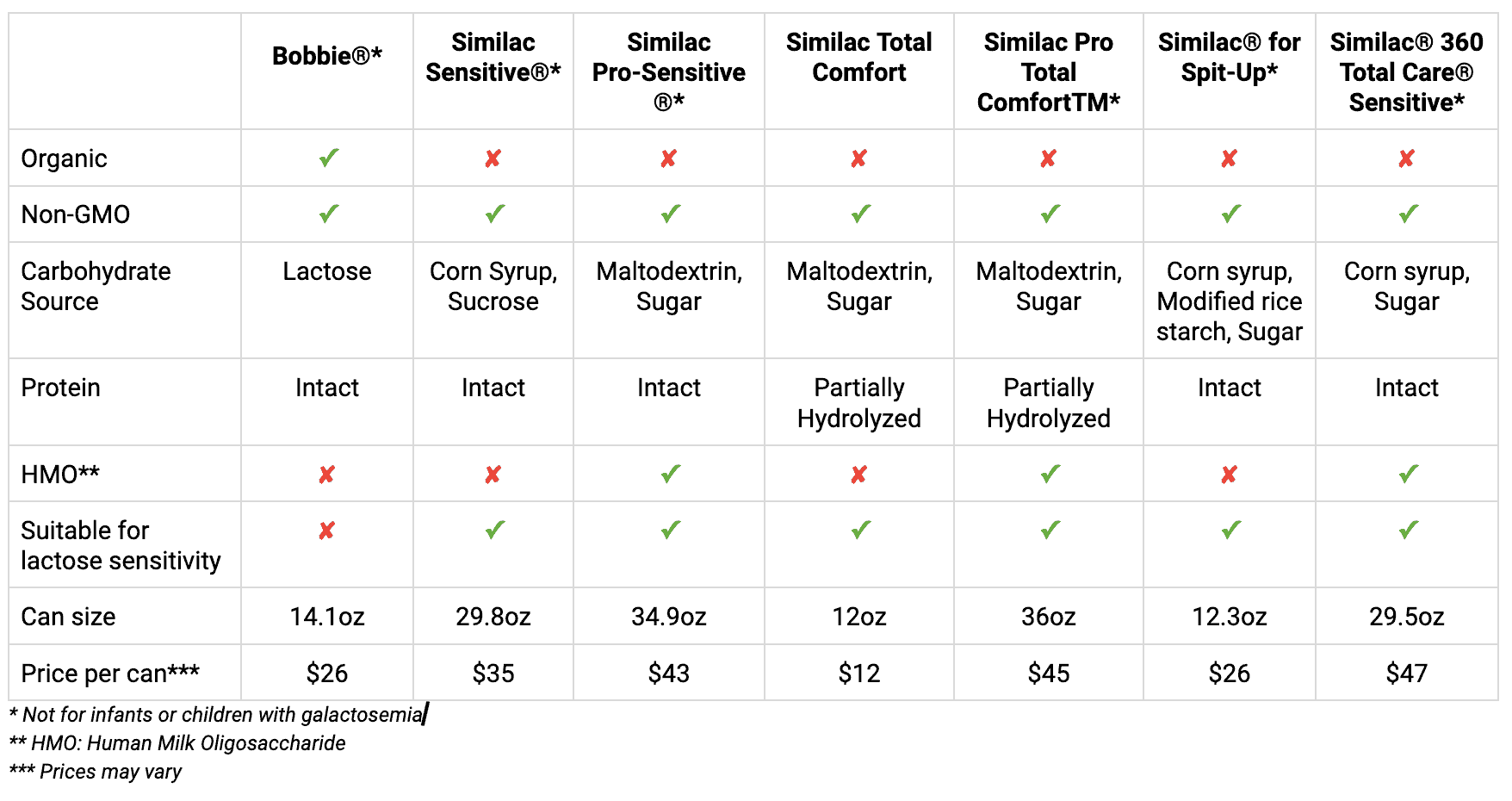
Organic Infant Formula: Bobbie® vs. Similac® Organic Infant Formula vs. Pure Bliss®
Similac does make an organic, non-GMO formula called Similac Organic. They also have a product called Pure Bliss, which is non-GMO (but not organic).
Overall Comparison: Similac Organic & Pure Bliss vs. Bobbie
Bobbie is USDA-certified organic and uses milk from Organic Valley® grass-fed cows. Similac Organic is made with USDA organic ingredients. Pure Bliss is Non-GMO and made with milk from grass-fed cows. I have heard anecdotally that Similac Organic causes constipation in some babies, likely because their whey casein ratio is not as close to breastmilk as Bobbie.
All three of these products contain DHA and ARA, are lactose-based and iron-fortified. Similac Organic and Similac Pure Bliss are available in powder forms and Similac Organic is also available as a ready-to-feed.
Price Per Oz
- Bobbie Formula: $1.84
- Similac Organic: $2.05
- Similac Pure Bliss: $1.21
Key Takeaways
- Both Bobbie and Similac Organic are organic, while Similac Pure Bliss is not
- All 3 formulas are non GMO and made with milk from grass fed cows
- Similac Pure Bliss is the most affordable, followed by Bobbie, and then Similac Organic is the most expensive
Non-GMO / Organic Baby Formula Comparison Chart: Bobbie vs. Similac Formula
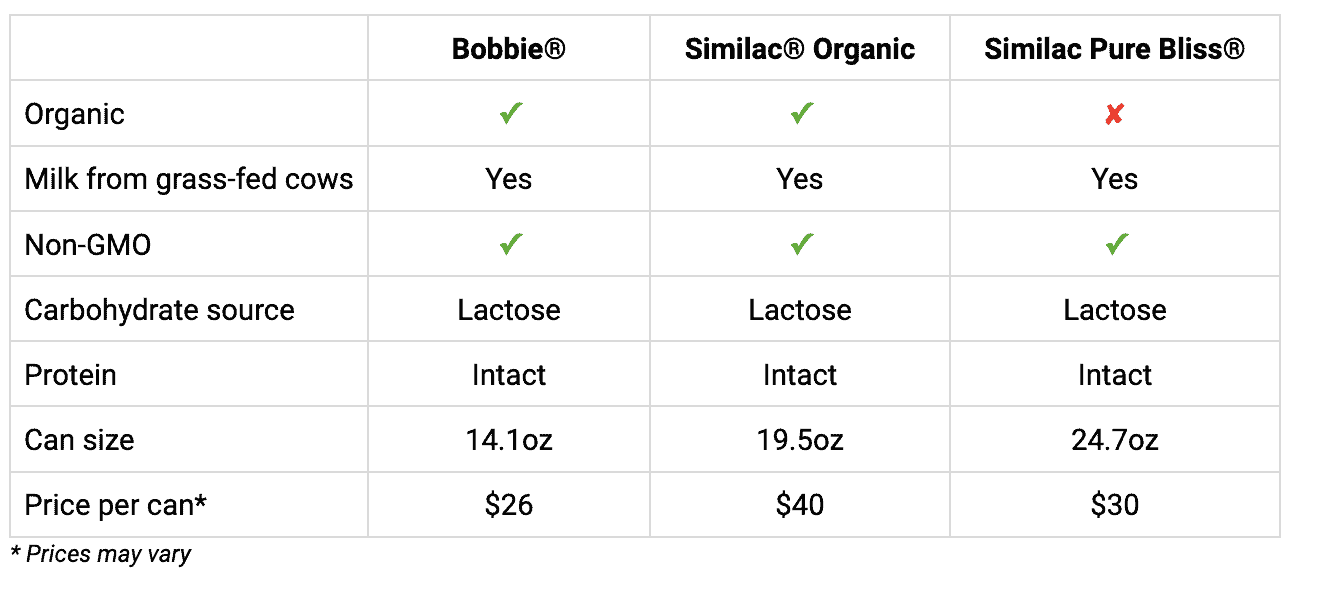
Similac vs. Bobbie FAQs
The key differences between Bobbie and Similac are:
** Bobbie is USDA certified organic, and almost all of Similac formulas are not
** Bobbie’s whey:casein ratio mimics breastmilk the most closely compared to Similac’s formulas
** Similac provides sensitive and gentle versions of their formulas, while Bobbie does not
** Some Similac formulas contain HMOs, while Bobbie does not
** All formulas contain the optimal combination of vitamins, minerals, DHA and ARA for your child and meet US Market nutritional requirements.
** All formulas are FDA regulated
Note: Parents should always discuss any formula changes with their pediatrician. In addition, always refer to the manufacturer’s website for the most up-to-date and accurate product information.
Honestly, I think it depends on what your goals are. If you’re comparing Bobbie Formula vs. Similac Organic (or Pure Bliss) vs. Similac Routine Formulas, Bobbie is better than Similac because it’s organic, has no added sugars, has the most optimal whey:casein ratio, and is designed to be gently on your baby’s tummy.
That said, if your baby has a milk protein allergy, intolerance, or medical condition, they may not be able to tolerate Bobbie since it has 100% lactose and has no modified milk proteins. In that case, one of Similac’s gentle formula options might be the better choice for your child, even if the ingredients aren’t as “optimal” as Bobbie.
When looking for the best baby formula for your child, try to find a formula that is:
1) Organic and Non GMO (many non-organic formula brands will have GMO ingredients)
2) Contains DHA & ARA
3) Has no added sugars, syrup solids or maltodextrin
4) Contains no added preservatives, no stabilizers, no synthetic ingredients
More Baby Formula Guides!
Final Thoughts
If you’re just starting out on your formula feeding journey, you’ll find that there’s a lot to think about when choosing between Bobbie and Similac’s Different Formulas! I would recommend starting with whether you need a formula that is routine (no modified lactose or carbohydrates), or more focused on sensitive tummies. If you don’t need a sensitive formula, I’d buy organic if it fits within your budget!
There are numerous similarities and differences between infant formulas, and understanding what they all mean is not an easy task.
But at the end of the day, if you’re formula feeding, you can’t really go wrong as long as you find a formula your baby does well on – as what matters most is a healthy, fed, and happy baby!
I hope this Bobbie vs. Similac comparison guide helped you understand the differences between Bobbie and Similac, and find the right choice for your baby! If you have any questions, don’t hesitate to leave a comment below – I respond to every single question I get!
References
- Infant and new mother | Abbott Nutrition
- Our science | Bobbie
- Questions & answers for consumers concerning infant formula | Food and Drug Administration
- DHA and ARA addition to infant formula: Current status and future research directions | Prostaglandins, Leukotrienes & Essential Fatty Acids
- Milk protein-based infant formula containing rice starch and low lactose reduces common regurgitation in healthy term infants: A randomized, blinded, and prospective trial | Journal of the American College of Nutrition
- Cow’s milk protein intolerance | University of Rochester Medicine
- Lactose reduced formulas | Oxford Academic
- Linking Human Milk Oligosaccharides, Infant Fecal Community Types, and Later Risk To Require Antibiotics
- Review of the Clinical Experiences of Feeding Infants Formula Containing the Human Milk Oligosaccharide 2′-Fucosyllactose



